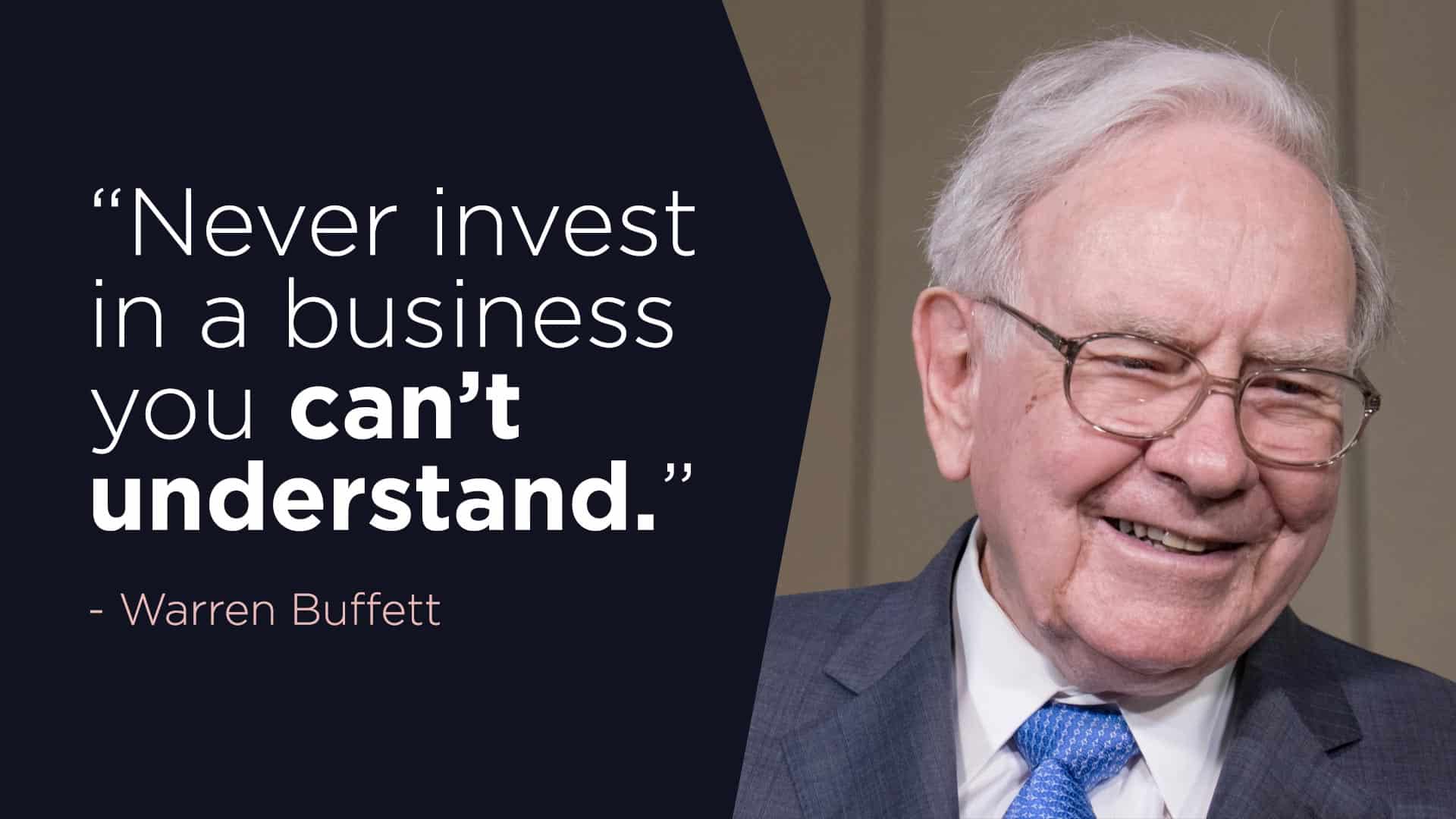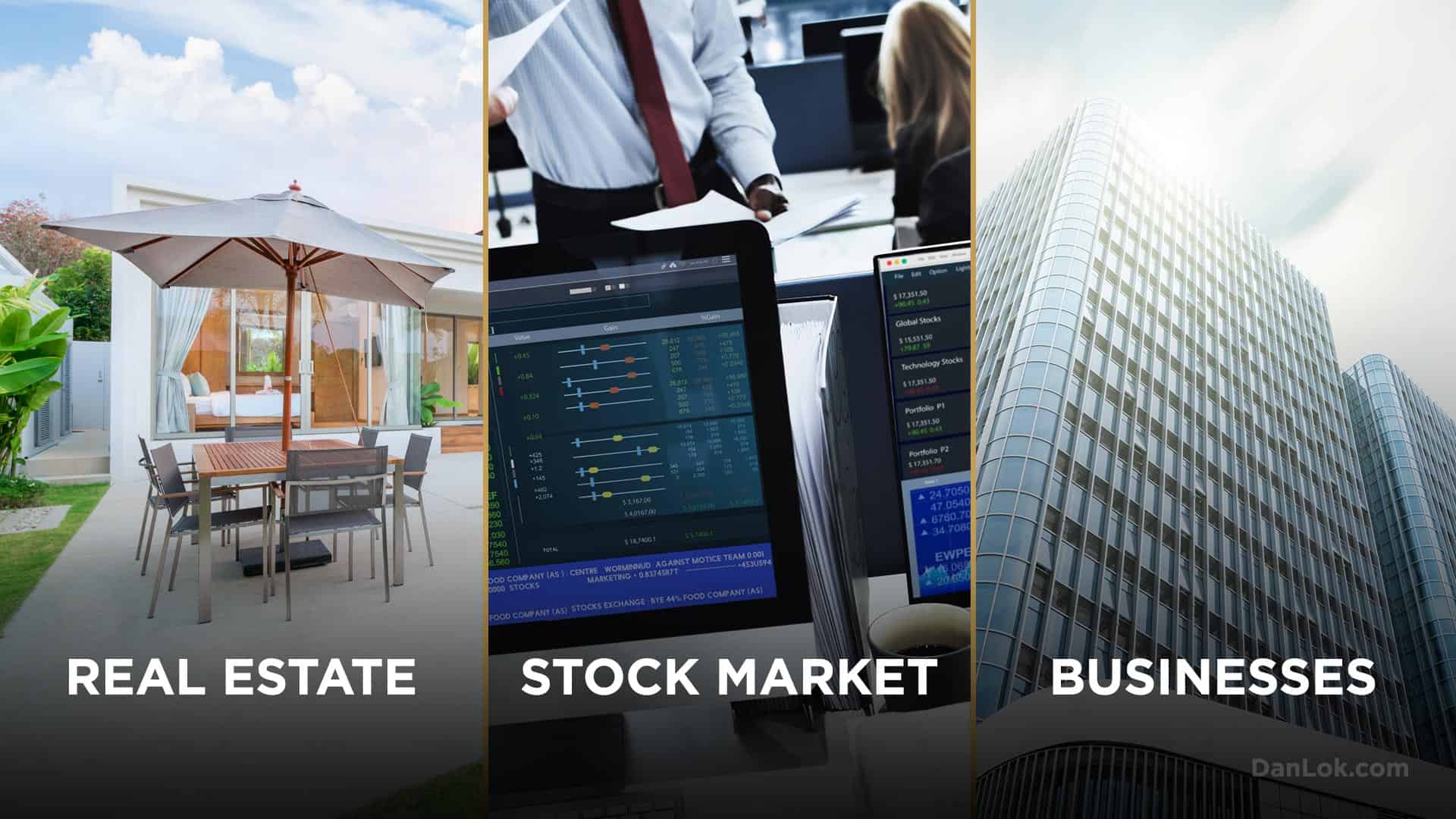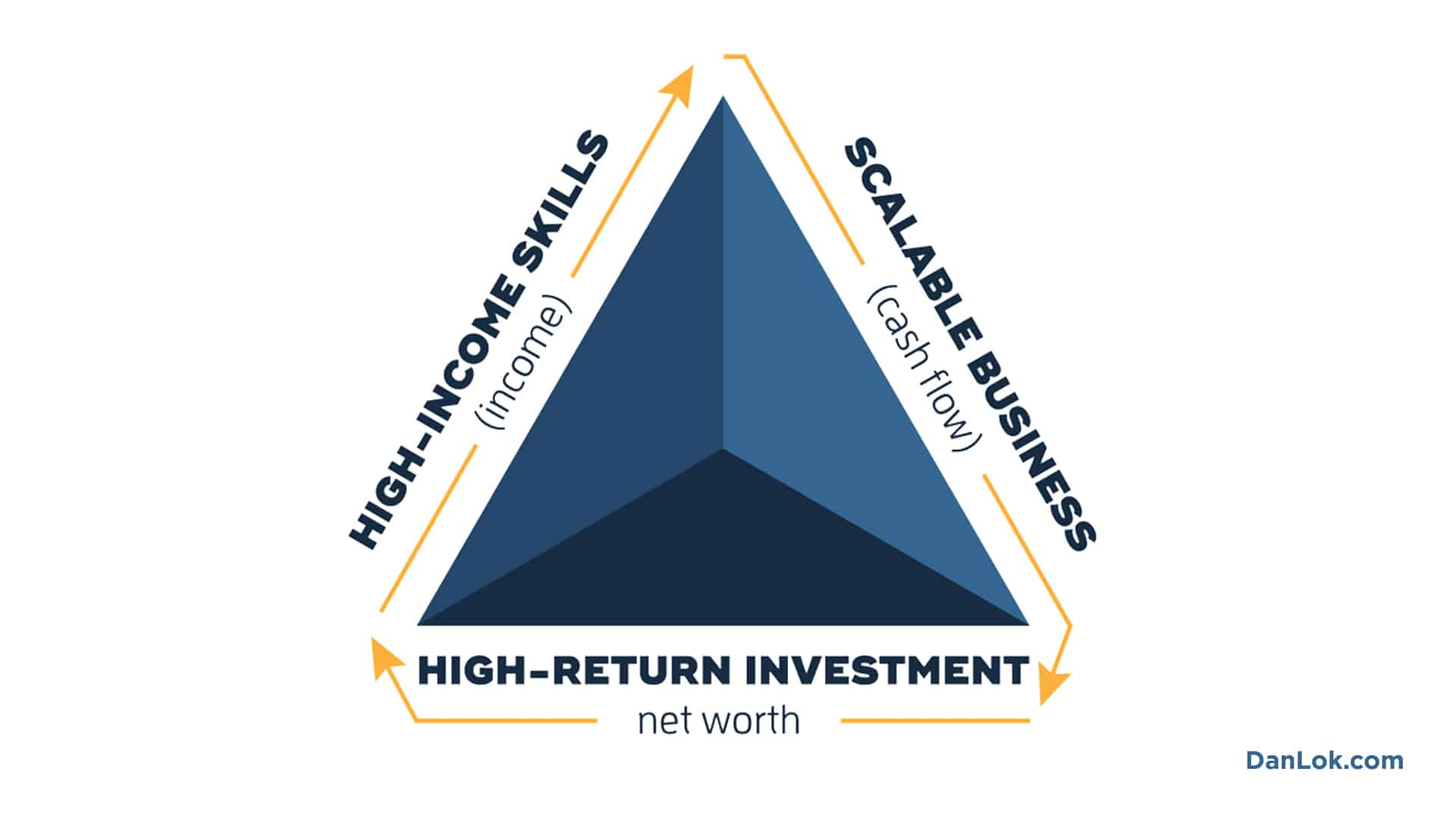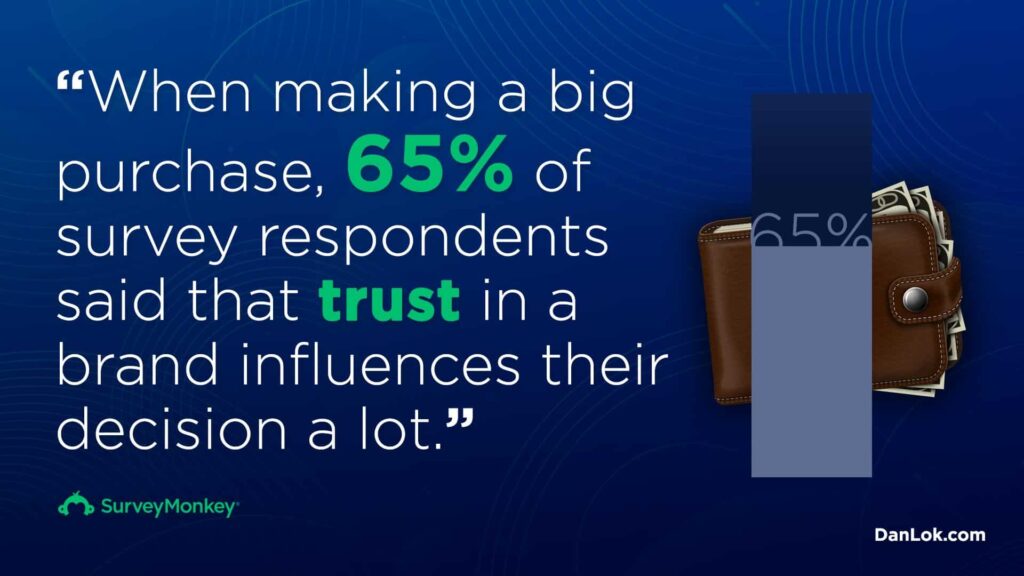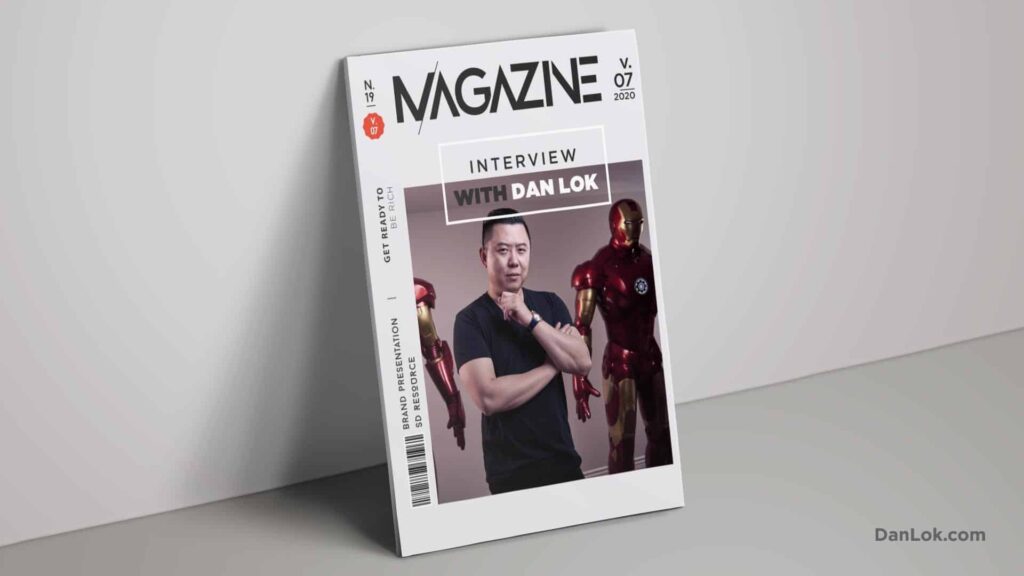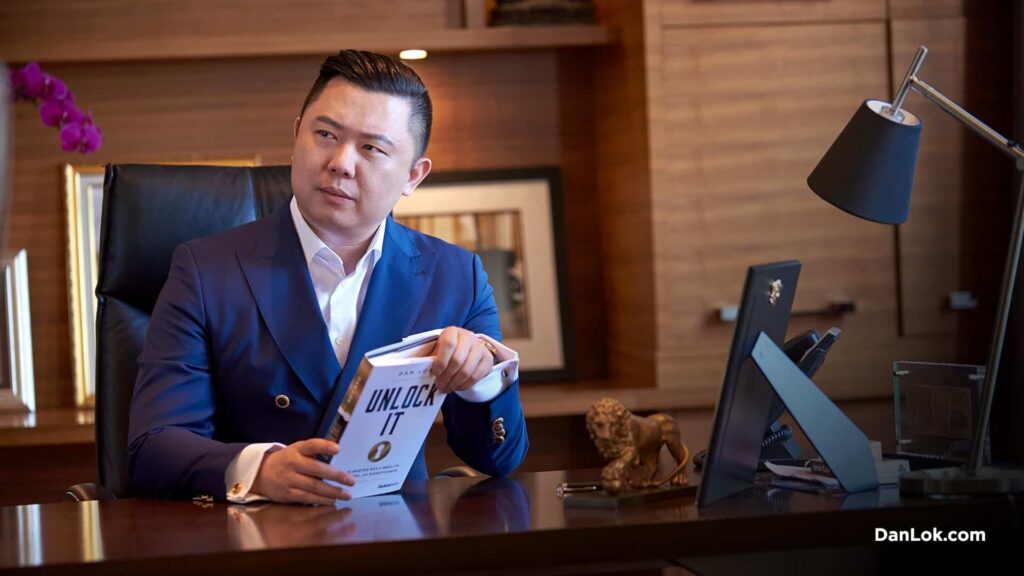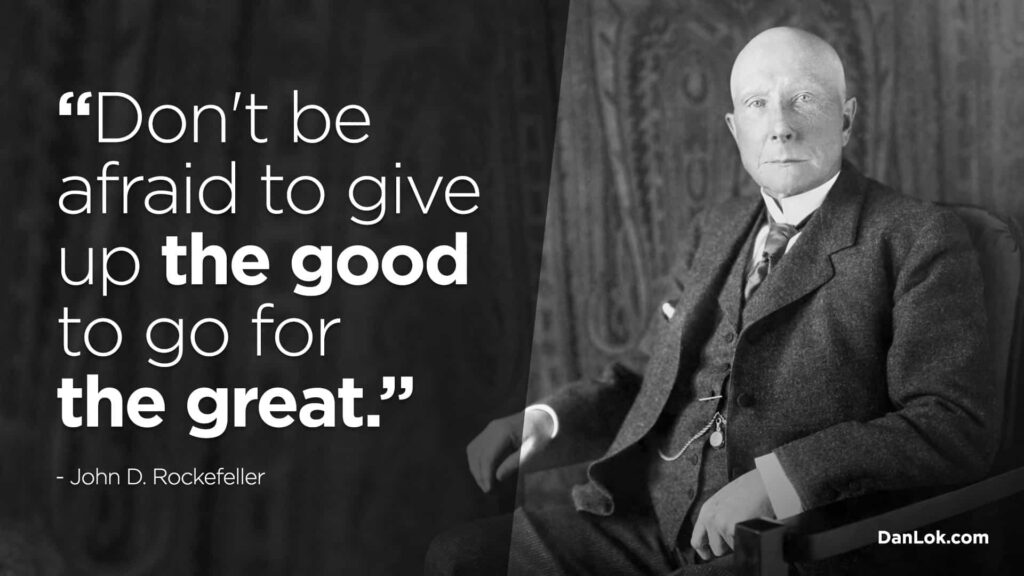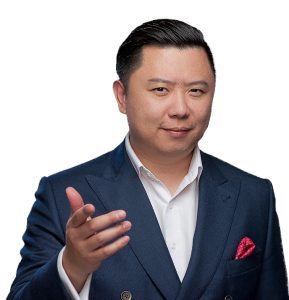Have you ever wondered how business strategy resembles military strategy? You may have heard that there a lot of parallels between business and war, right?
In fact, there are several books that have illustrated that parallel. However, amidst all, the Art of War remains a prime template for business owners to borrow powerful business lessons from.
The Art of War was written by Sun Tzu, a Chinese general, over 2500 years ago. It is believed to be one of the best books ever written on war strategies. In today’s times, it’s considered a must-read for business owners.
You see, Sun Tzu wrote this book to illustrate in detail how wars should be fought. He wanted to bring forth the elite war strategies that brought him victory. In fact, you can think of The Art of War as the world’s first self-help book.
Over the years, people have come to see similarities between war and business. In essence, between Sun Tzu’s military advice and contemporary business practice.
Sun Tzu divided his book into 13 chapters. Basically, elaborating on 13 unique concepts and tactics that are integral to a winning military strategy. If you wish to refer, here is a visual representation of this book.
Now, we have read and re-read this book several times. Every time we read it, there’s a new business lesson to learn from it.
Today, we want to share some of the best business lessons we have learned from The Art Of War. But first, we have to adapt his words to current times, to understand how business strategy resembles military strategy.
How Business Strategy Resembles Military Strategy: The Context
First and foremost, we suggest not taking Sun Tzu’s words too literally. Instead, we have to take his advice to generate relevant thoughts that apply to today’s world.
To do this effectively, you will have to think of business as a modern form of war. We can equate war and business, as a group of people pursuing a common goal in the face of competition.
As a business owner, you war with your competitors, right? You fight for market share and ultimately, domination in your industry.
Your competitor is like your enemy and you strive to dominate them on the battlefield of commerce. In this parallel, your enemy is also the challenge you face in day to day business. Furthermore, as a business owner, you are the commander of your army or the leader of your business.
Over the years, we’ve read several books on business strategy. We consider Sun Tzu’s The Art of War as one of the greatest books ever written on business. Every chapter could be applied to closing deals and increasing sales.
The best part about his concepts is that they can be applied to life in general, too. This book is not just for lessons in business.
As we mentioned earlier, we have read this book many times and have implemented many learnings from this book. We want to help you, as an ambitious business owner, apply these to your business and even to your life.
Here we list out 7 powerful business lessons and life principles from The Art Of War.

1. Knowledge Is Power
Know the enemy and know yourself, and you can fight a hundred battles with no danger of defeat. If ignorant both of your enemy and yourself, you are sure to be defeated in every battle.
This is one of the most important lessons we have learned from The Art Of War. Let’s look at how business strategy resembles military strategy, in this thought.
The above quotation by Sun Tzu highlights the importance of two things:
- Self-knowledge
- Knowledge of your competition
This means that an accurate self-perception is the golden key to success. Also, knowing who you are fighting against, goes hand in hand with it. Let’s look at each point in further detail.
Self-knowledge
Sun Tzu says that it’s important to accurately understand our real strengths and weaknesses. If we can do that, we will be able to become more effective in business. In essence, the more we know about the reasons for our preferences and actions, the better we will understand others.
You see, every decision you make reveals something about yourself. This process of self-analysis will help you identify your strengths and weaknesses.
You know that for success, you have to work on improving your weaknesses. But at the same time, you have to focus on your strengths by taking them to the next level. If you are at a certain level of skill, upgrading it is something to strive for.
Hence, it is important to keep the constant pursuit of self-improvement going. In fact, this pursuit is one of the most powerful habits of self-made millionaires. If you are someone who wants to build upon your success, you should always look to grow your skills.
Have you noticed the behavior of a child? They learn about the world by being curious about every little thing around them. But, as we grow older, this natural curiosity fades. We become rigid in our thinking. Keeping your childlike curiosity, alive, at all times, will go a long way in helping you succeed.
Here are two powerful ways for self-development:
- Reading books: The focus should be on self-improvement books, biographies, and books about successful people. This will give you the opportunity to learn and expand your horizons.
- Finding a mentor: Speaking from our own experience, if you can find the right person to guide you, your life will change. You see, almost all successful business owners have had mentors. In fact, 93% of them claim their mentors were responsible for their wealth.
Knowledge of Your Competition
When you know yourself but not the enemy, your chances of winning and losing are equal.
Sun Tzu says our chances of winning are reduced by half if we do not know our enemy. Let’s look at how business strategy resembles military strategy, in this case.
What this means is that in order to succeed, you have to know what your competition is doing. Also, you should be aware of your competitor’s strengths and weaknesses. Why is that important?
Well, so you can strategically apply that information to benefit your business. Now, the application of that knowledge could mean taking a step back. It could also mean moving forward.
You see, learning what your competitors are doing can give you valuable insights into your plans. If you can predict your opponent’s action, you have the possibility of generating a mismatch that works in your favor.
So, it is important to learn to spot loopholes and weaknesses in your business environment. This singular factor can be a big competitive advantage for you.

2. Build The Right Team
When the troops are united, the brave cannot advance alone, nor can the cowardly retreat.
If you want to succeed in business, you can’t operate alone. This is an important team-building lesson we learn from The Art Of War. Let’s look at how business strategy resembles military strategy, in this thought.
As a business owner, you have to lead by example. But it’s only the capabilities of your team and employees that can take your business to the next level, right?
So you have to focus on hiring the right people who are a fit for your business. These are the people who can align with your goals and purpose.
Also, it is important that your team is unified with a common purpose. This will help them commit their hearts to your business. It will energize them towards achieving the goals you have assigned.
This spirit of common purpose builds team consistency. A team will work better when people know and trust each other.
It takes time to build productive interaction and mutual trust in a team. So you must give the members the chance to spend some time together in team-building activities. Successful businesses are made up of people who have shared experiences working towards a common goal.
Sun Tzu further says:
When one treats people with benevolence, justice and righteousness, and repose confidence in them, the army will be united in mind and all will be happy to serve their leaders.
As a business owner, it’s your responsibility to keep your team happy and motivated so they keep giving their best. You see, we all know that as a business leader, you are required to have a sound mind. However, if you want to be a great one, you need to have a solid character, too.

3. Create A Solid Yet Flexible Plan
The commander who gets many scores during the calculations in the temple before the war will have more likelihood of winning.
Sun Tzu says a leader with a better plan, wins the war. So, let’s look at how business strategy resembles military strategy, in this thought.
We know planning is integral to success in business. But it is important to remember that no single plan works well for everyone and everywhere. Moreover, there are several factors that can influence the success or failure of a plan.
So first, you have to create a solid plan of action. A plan that will get you started. However, in business, there will always be situations where you may have to change your plans.
So you have to be ready and willing to adapt it according to changing needs. You have to consider all the alternatives available. Hence, your plan must be flexible and adaptable to circumstances.
Planning is a process of understanding what is happening in constantly changing situations and adapting with energy and determination. Share on XYou see, your plan can either be like a tree or a pole. If you want it to bear fruit like a tree, it needs to have branches. But, if your plans are too rigid, you will not be able to adjust to circumstances and fail.
It doesn’t mean that your plan has to be complicated. A simple plan is easier to turn into action.
So, here’s what we suggest:
- Set a clearly defined goal and give yourself a schedule to achieve it.
- Start working towards your goal. Every plan needs to be followed by action.
- Every step is a teacher. If you succeed, take it to the next level. If not, then be willing to adapt and learn.

4. Grow Your Network
Foreknowledge must be obtained from men who know the enemy situation.
Sun Tzu says that spies can help you win wars. So, let’s look at how business strategy resembles military strategy, in this thought.
You see, the foundation of your business growth is the size and strength of your network. We know networking requires an investment of time and energy. However, it gets you the results.
As a business owner, you have to choose your network wisely. On a closer level, you should surround yourself with people who are positive and add value to your life.
At the same time, you also need to build a network professionally. When you go to events, you should focus on developing relationships with people.
Moreover, you will never have a strong network unless you actively manage your contacts. Good networking involves both meeting new acquaintances and actively moving those relationships to a closer friendship.
If you’re an introvert, follow this blueprint to develop interpersonal skills, as it will be very useful to effectively network. You see, knowing the right people can literally take your business to the next level. Or help in knowing your competitor’s situation.
This is a very powerful lesson from Sun Tzu. To rightly understand how business strategy resembles military strategy in this case, you have to utilize networking to your benefit. So on your next business trip, we suggest you call and schedule a meet with some people in your network.
Remember to be personal in your approach to maximize the benefit of networking. Your contacts will be flattered by your interest. Whether or not you do meet, the offer breeds a stronger relationship.
You never know what you may get to learn about your competition. Furthermore, an amazing opportunity could come your way, too.

5. Build On Your Success
To win battles and capture lands and cities, but to fail to consolidate these achievements is ominous and may be described as a waste of time and resources.
Sun Tzu is talking about maximizing your victories in battle. So, let’s look at how business strategy resembles military strategy, in this thought.
Essentially, when you achieve some success in business, always strive to take it to the next level. You see, success breeds success. The key to any successful business is getting the first success and then leveraging additional success from each new victory.
Sometimes with success, people tend to stop doing the things that made them successful. When they stop putting in the effort, the competition will be ready to seize the opportunity.
Hence, when you are already in an advantageous position, you need to change your gears and go full throttle.
So, ask yourself:
- What do you want to accomplish in the long term with your business?
- How do you want to take your short term success to long term success?
Sun Tzu also says:
A skilled commander sets great store by using the situation to the best advantage.
As a business owner, you must train your eyes to see opportunities that others can’t see. You have to always be on the lookout. When you find a suitable opportunity, leverage your strengths and your network, to grab it.

6. Avoid The Avoidable
By taking into account the unfavorable factors, he may avoid possible disasters.
Sun Tzu talks about considering factors that can cause problems, before advancing in any situation, to avoid defeat. So, let’s look at how business strategy resembles military strategy, in this thought.
As a business owner, you have to anticipate problems before they arise and strive to avoid making mistakes. Yes, many mistakes are often visible only in hindsight. However, what you can do is strive to take measures for things you have control over.
Let’s say you have faced an obstacle in the past. Identify those obstacles for which specific measures can be taken.
As a business owner, you have control over:
- The quality of your product
- Your service
- Your delivery time
Since you can control it, you can plan to avoid any errors, right? In fact, that should be an integral part of your overall business strategy.
Anything big or small, that is under your control should be planned meticulously to avoid any future errors. Even small decisions in business can affect the grand scheme of things.
There will always be some mistakes because the human element is unpredictable. What you have to do is take as much advance action as you can, to avoid future errors.

7. Timing Is Everything
When the strike of the hawk breaks the body of its prey, it is because of timing. The timing is similar to the release of the trigger.
Sun Tzu is talking about the importance of timing when pulling the trigger on an enemy, in battle. So, let’s look at how business strategy resembles military strategy, in this thought.
We know in business, timing is of great importance if you want to take full advantage of opportunities. As a simple rule, often the earlier the better, right?
Essentially, you make a decision and implement it. The longer it takes to take action, the more catching up will be required later.
However, sometimes, it is important to wait for the opportune moments to make full use of the chances. It could be beneficial to take a step back and slow down and learn from competitor’s mistakes. Remember, even if your competition seems to have every advantage, a well-timed attack can uncover weaknesses.
Let’s take a look at a relatively recent example here. The launch of the 1st Android smartphone was delayed because of the iPhone’s launch. Would Android have the same success, had they launched as per their original plan? Most likely, not.
They went back and polished their product by seeing their competition. They learned from the success of iOS on how a touch-based software is supposed to be.
You see, timing is crucial to everything you do in business. As a business owner, it is up to you to judge the right time for every step you take.
Forge Your 8-Figure Dynasty
We encourage all business owners to read The Art Of War. If you read it thoroughly and you will see how business strategy resembles military strategy, in every paragraph. You will be surprised to see it’s relevance in both business and in life, today.
However, these military lessons are just the initial steps you can take to take your business to the next level. For the extremely ambitious business owners, Dan Lok has created the world’s most exclusive business advisory board: Dragon 100™.
Dragon 100™ is designed for those who are committed to turning into 8-figure business owners. People who are committed to living life at a level few may ever attain. It is limited to an exclusive group of only 100 serious business owners worldwide.
Dragon 100™ provides an unprecedented opportunity to network with other elite entrepreneurs and learn from Dan Lok himself. For the first time ever, Dan will be taking you behind the scenes of his business.
In this program, he will share his hard-won business experience that has established his global empire. This experience is the most exclusive opportunity for select business owners to transform into the world’s elite.
Do you have what it takes to create a massive, worldwide empire of your own? If yes, then apply for Dragon 100™ and earn the chance to learn from The King of Closing, himself.

